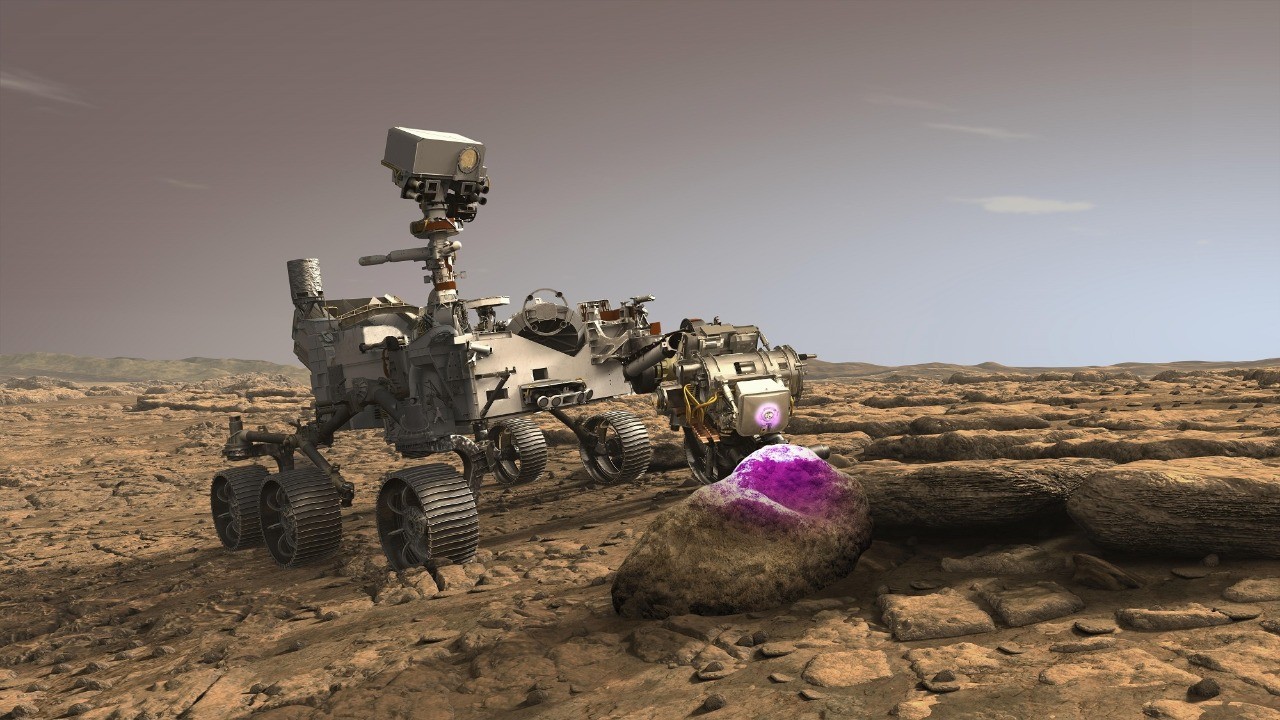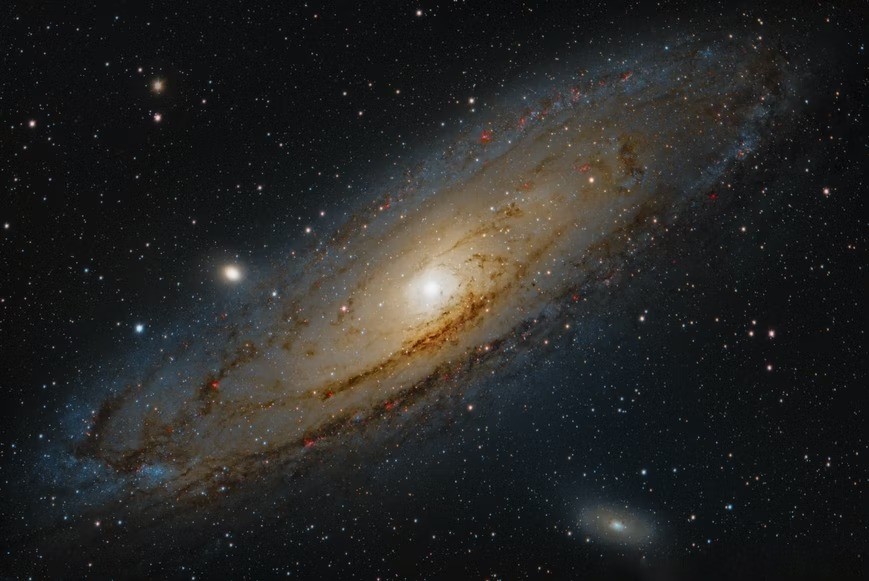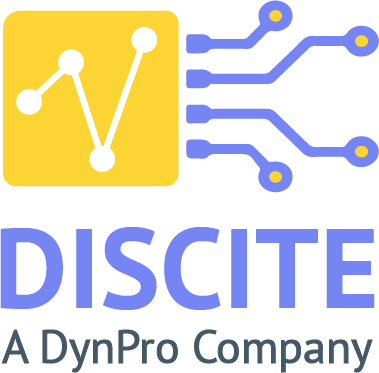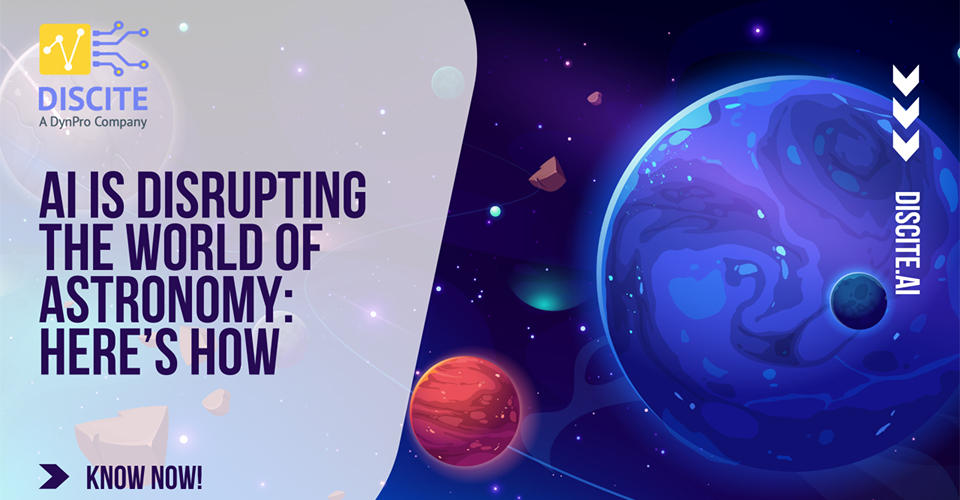AI is disrupting the world of Astronomy: Here’s How
The National Aeronautics and Space Administration (NASA) took the internet by storm recently when they released a picture titled Cosmic Cliff on their Instagram page. The picture captured by the most powerful space laboratory, James Webb Space Telescope, is one of a kind in terms of details and clarity. While the researchers are gathering more data, the next obvious question that comes to mind is how to analyze this data. One of the answers to this question is Morpheus: a powerful AI for detecting and classifying galaxies. It has already been used to classify images obtained from the Hubble Space Telescope.
But this is just one of the several ways in which AI is being used in the world of astronomy. Here, we look at some of the other contributions of AI to the field.

Detecting Gravitational Lensing
There are several phenomena taking place in the galaxy that can indicate a catastrophe, or lead to a new discovery. One of those phenomena, gravitational lensing occurs when there is a warp in the fabric of spacetime. Massive bodies like galaxies or clusters are able to manipulate how light particles or photons pass through them, or near them due to their gravity. Simply speaking, if an observer were to look from a distance, the light particles would appear to be bent as if passing through a lens.
These galaxy clusters end up acting as a cosmic microscopic lens that allows an observer to look further than they normally could. Astronomers use a machine learning model known as a convolutional neural network (CNN) to find instances of gravitational lensing. These models are trained using millions of images of gravitational lensing. In October 2017, a team of astronomers from the universities of Groningen, Naples and Bonn used a CNN to successfully detect 761 instances of gravitational lensing in a patch of sky 22 square degrees across. This is just a bit more than 0.5% of the total area of the sky.
Discovery of Exoplanets and New Stars
Our Solar System includes the Sun, 8 planets, several dwarf planets, their moons as well as millions of comets, asteroids, and meteors. However, studies show that these may not be the only celestial bodies. There may be other stars, planets, moons, and many more. Identifying and discovering them may be challenging due to their distance from the Earth. Sudden cosmic waves and changes in the gravitational topography of the Solar System suggest that there may be exoplanets, which orbit a star beyond our Solar System, as well as stars beyond our knowledge.
The changes in the light curve of a star may often be an indication of a planet’s presence nearby. These light curves are used to graph the luminous intensity or brightness of a celestial body with time. If the light curve dims, it would suggest a planet transiting in front of the host star. However, in case the star’s light curve brightens, it could be due to gravitational lensing, where the exoplanet’s gravity magnifies a more distant star along the line of sight.
Analyzing these sudden changes in the light curve of stars using AI can help in the search for exoplanets and stars. Data from the now-defunct Kepler Space Telescope was used to train an AI model which aided in discovery of over 300 unknown exoplanets. Astronomers feel that AI and ML would also help them check for signs of water, ice, and snow on exoplanets. These models may also be used to look for habitable planets in the wide universe.

Using AI on Other Planets
While astronauts have been able to land on the moon, they have not been able to land on other planets. However, humans have successfully sent rovers and space probes to study planets and their surroundings. Recent rovers have AI systems to help them with their task. For example, the Mars Curiosity rover uses Artificial Intelligence to detect gases in the rocks on the red planet.
A laser on the rover burns off rocks and the AI system studies the gases released and shares the information back to earth. The AI system on board the Curiosity rover, known as Autonomous Exploration for Gathering Increased Science (AEGIS) allows it to seek out interesting features autonomously. AEGIS takes care of vaporizing rocks and collecting data for scientists to investigate later. Its autonomous working gives scientists enough time to dedicate to the task at hand.
The newer Mars Perseverance rover also uses AI to detect obstacles in its path of movement. This rover is aimed at studying the surface of the red planet and is a part of NASA’s AI4MARS project. The performance of an AI model can be enhanced if it is trained with more data. To give better results, NASA asked for public help last year in training an AI algorithm to recognize scientific features in images taken by the rover.
Analysis and Detection of Anomalies
The discovery of Uranus by William Herschel was an accident where he discovered it while scanning the night sky for faint stars. Several other accidental discoveries like the existence of pulsars, and fast-rotating stars near death, have acted as an impetus to further studies and research in their respective fields.
Considering how advanced AI has become, scientists hope that AI systems too will be able to make such sudden discoveries while analysing the astronomically huge data available to them. These AI systems have been trained to sift through data and note everything that has not been seen or observed in the past. With petabytes of raw data at their disposal, these models may be able to find something that has not been seen or heard of so far. If you are wondering what a petabyte is, you would be surprised to know how vast a petabyte is. A single petabyte is around 1000 terabytes (TB), a million gigabytes (GB), and a billion megabytes (MB). The beauty of AI is that it can easily skim through such vast data and arrive at conclusions much faster than humans can.

Running Accurate Simulations
Most of the studies and research carried out by astronomers to date are related to the Solar System. However, this may not be the only gravity-bound system of planets in the vast universe as proven by the discovery of exoplanets using gravitational lensing. AI can be used to run precise simulations to prove the existence of such systems. Furthermore, AI models can also be trained to form images and simulations of gravity-bound systems that might not even exist. These simulations and images can allow astronomers to evaluate the ML models being used in the simulations. DALL-E by OpenAI is an example of a software that can form machine-generated images from prompt words.
A research group recently used an ML model called Generative Adversarial Network (GAN) to improve the quality of the space images. They first introduced some noise in the images and then used GAN to improve the resolution and found the result to be strikingly accurate. The study has paved the way for improving a variety of datasets related to astronomy.
Since the advent of AI, many fields of study have seen great developments and astronomy is one of them. We can only expect how AI will influence this field in the coming years. Scientists and researchers are always on the lookout for more efficient methods of study, and AI might just provide that! The universe is vast, but our knowledge regarding it is very limited. We have been able to explore only about 5% of the universe so far. Artificial intelligence can be the tool to broaden our horizons and to show what lies beyond the skies!


